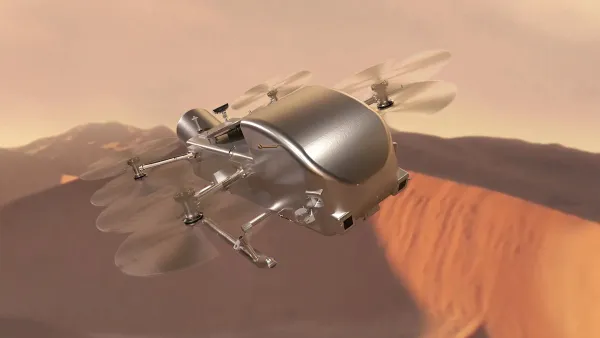Andrea Gokus will be analyzing Fermi-LAT data to explore the dynamic nature of blazar jets.

Rebecca Phillipson, an NSF MPS-ascend postdoctoral fellow at Villanova University, has been using a method called 'recurrence analysis' to understand time series data of accreting black hole systems. This method, also used in other scientific fields and economics, is particularly suitable for studying variable, non-stationary sources in space. The researchers plan to employ this method to study the brightest blazars observed by Fermi-LAT and analyze the recurrence plots generated from the analysis.
These offer insights into the stochastic and chaotic processes that contribute to observed flux variability. By utilizing this method, the researchers hope to gain a deeper understanding of the non-linear and stochastic behavior of blazar jets at gamma-ray energies. They also seek to explore the connection between accretion power and jet launching, quasi-periodic oscillations, dynamics of energized plasma in the blazar jet, and jet precession occurring within weeks to several years.
The grant will fund another year of postdoctoral research for Gokus. Gokus and Phillipson connected at a meeting in Urbana Champaign last August due to their shared research interests. Then, Phillipson came to Washington University in November to present an astrophysics seminar. She stayed for a week as she and Gokus collaborated on developing their NASA proposal. This success showcases how MCSS support, including the visit by Phillipson and the MCSS postdoctoral fellowship for Andrea, leads to new funded projects at Washington University.
Header image: Black-hole-powered galaxies called blazars are the most common sources detected by NASA’s Fermi. As matter falls toward the supermassive black hole at the galaxy’s center, some of it is accelerated outward at nearly the speed of light along jets pointed in opposite directions. When one of the jets happens to be aimed in the direction of Earth, as illustrated here, the galaxy appears especially bright and is classified as a blazar. Credit: M. Weiss/CfA




